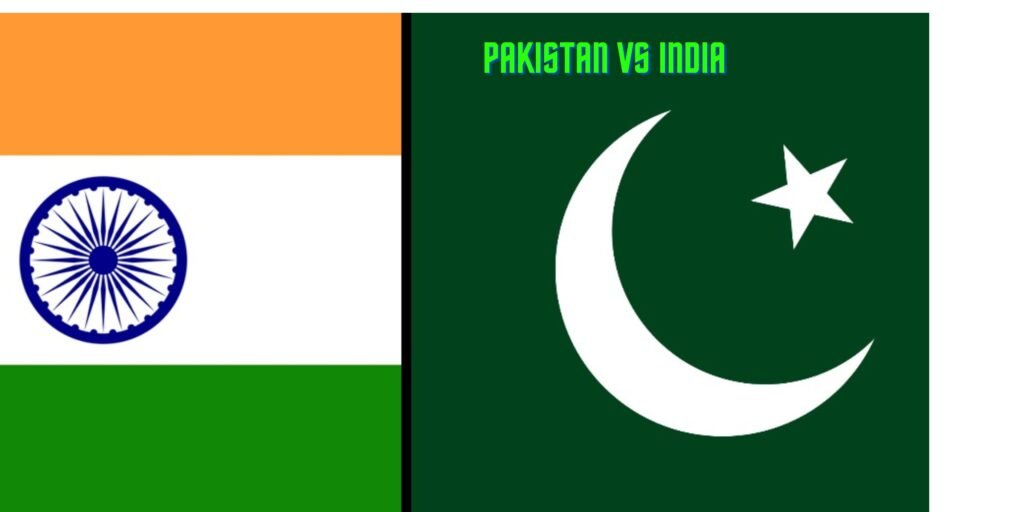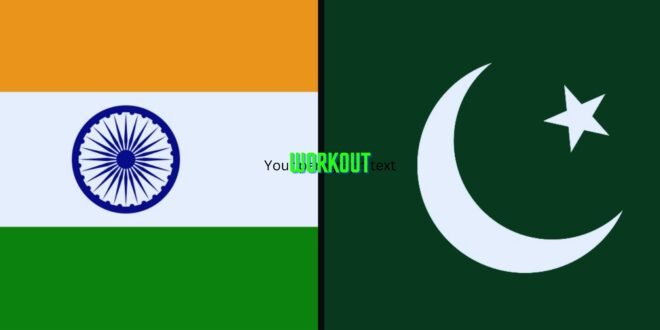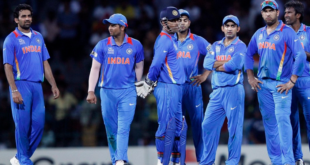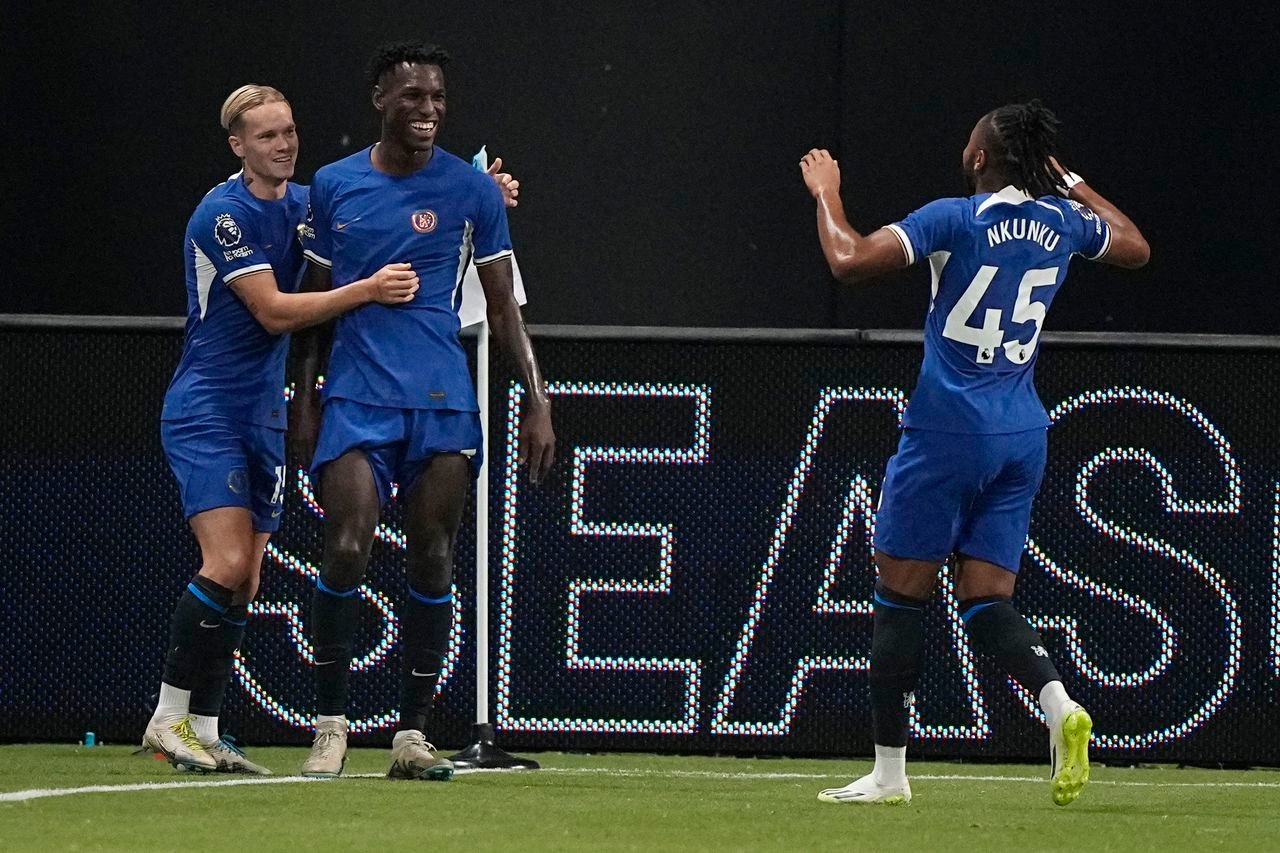Introduction
The rivalry between Pakistan and India is one of the most enduring and complex geopolitical conflicts in the world. This article delves into the historical, cultural, and political dimensions of this rivalry, Pakistan vs India shedding light on the reasons behind its persistence and its impact on the region.
Understanding the Origins (H1)
Pakistan vs India
The roots of the Pakistan-India rivalry can be traced back to the partition of British India in 1947, resulting in the creation of two independent nations. This partition was accompanied by religious and territorial disputes, setting the stage for decades of tension.
Partition and Religious Divide (H2)
Pakistan vs India
One of the primary reasons for the ongoing rivalry is the religious divide that emerged during the partition. Pakistan was established as a Muslim-majority nation, while India remained predominantly Hindu. This religious schism has been a constant source of tension, leading to multiple conflicts.
Territorial Disputes (H2)
Pakistan vs India
The territorial disputes over the regions of Jammu and Kashmir have been a recurring flashpoint. Both nations claim this region in its entirety, and this dispute has led to several wars and skirmishes.
Wars and Conflicts (H1)
Over the years, Pakistan and India have engaged in several wars and military conflicts. These confrontations have had a profound impact on the region’s stability.
The Indo-Pak Wars (H2)
The wars of 1947-48, 1965, and 1971 have left deep scars on the collective memory of both nations. The conflicts were marked by territorial gains and losses, but they also highlighted the human cost of war.
Nuclear Proliferation (H2)
The nuclear tests conducted by both Pakistan and India in the late 20th century escalated tensions further. The presence of nuclear arsenals in the region has added a dangerous dimension to the rivalry.

Cultural and Sporting Rivalry (H1)
The rivalry between Pakistan and India extends beyond politics and warfare. It is deeply ingrained in the cultural and sporting fabric of both nations.
Cricketing Showdowns (H2)
Cricket matches between Pakistan and India are among the most-watched sporting events globally. The intense competition on the cricket field mirrors the broader geopolitical rivalry.
Cultural Exchange (H2)
Despite the political tensions, there has been a cultural exchange between the two nations. Shared traditions and art forms remind us of the cultural ties that persist.
Geopolitical Implications (H1)
The Pakistan-India rivalry has significant implications for the South Asian region and beyond.
Regional Instability (H2)
The ongoing hostility between these nuclear-armed neighbors contributes to regional instability. It hampers efforts for economic cooperation and development.
International Mediation (H2)
Various international bodies and nations have attempted to mediate the conflict, but a lasting resolution remains elusive. The involvement of major powers adds complexity to the issue.
The Humanitarian Cost (H1)
One aspect often overshadowed in the midst of geopolitical tensions is the humanitarian cost endured by the people of both nations.
Displaced Populations (H2)
The wars and conflicts between Pakistan and India have resulted in the displacement of millions of people. Families have been uprooted from their homes, leading to enduring social and economic challenges.
Border Incidents (H2)
Frequent border skirmishes disrupt the lives of people living in border regions. The constant threat of violence takes a toll on mental health and hinders economic progress.
The Role of Media (H1)
Media on both sides of the border play a significant role in shaping public perceptions and fueling the rivalry.
Nationalistic Narratives (H2)
Media outlets often perpetuate nationalistic narratives that reinforce negative stereotypes and biases about the other country. This can further entrench animosities.
Potential for Peace Journalism (H2)
Some journalists and media organizations are advocating for peace journalism, which aims to promote dialogue and understanding rather than sensationalizing conflicts.
Diplomatic Initiatives (H1)
Despite the challenges, there have been notable diplomatic efforts to ease tensions.
Track II Diplomacy (H2)
Unofficial channels of diplomacy, known as Track II diplomacy, have been instrumental in facilitating dialogue between civil society members, intellectuals, and former diplomats from both nations.
Confidence-Building Measures (H2)
Confidence-building measures, such as trade agreements and cultural exchanges, have been proposed to gradually build trust and cooperation.
The Youth Perspective (H1)
The youth of both Pakistan and India represent a ray of hope for future reconciliation.
Youth Exchange Programs (H2)
Various youth exchange programs aim to bridge the gap between the two nations. These initiatives expose young people to the culture and perspectives of their neighbors.
Social Media and Connectivity (H2)
The digital age has brought the youth of Pakistan and India closer through social media and online communities. This connectivity has the potential to foster understanding.
Economic Potential (H1)
Both Pakistan and India are emerging economies with immense potential for growth. Cooperation could unlock substantial benefits.
Trade Relations (H2)
Improved trade relations can lead to economic growth on both sides. Removing trade barriers and encouraging business partnerships can be a win-win.
Energy Cooperation (H2)
Collaboration in the energy sector, including joint ventures in renewable energy, can address the energy needs of the region.
A Call for Peace (H1)
In a world facing numerous challenges, the Pakistan-India rivalry stands out as a long-standing issue. There is a growing chorus of voices calling for peace.
Civil Society Initiatives (H2)
Civil society organizations in both nations are working tirelessly to promote peace and cooperation. Their efforts often go unnoticed but are crucial.
Global Support (H2)
The international community continues to support efforts for peace between Pakistan and India. This global solidarity underscores the importance of resolving this conflict.
In conclusion, the Pakistan-India rivalry is a multifaceted issue with deep historical roots and significant implications. While it is marked by conflict and tension, there is always hope for reconciliation and cooperation. The path to peace is challenging, but with continued efforts from all stakeholders, a brighter future for the region is possible.
Table of Contents
Conclusion
In conclusion, the Pakistan-India rivalry is a multifaceted and enduring conflict rooted in history, religion, and geopolitics. Its impact reverberates far beyond the borders of these two nations, affecting the entire South Asian region. Resolving this conflict remains a challenge, but understanding its complexities is the first step toward peace.
FAQ
Q1: Can the Pakistan-India conflict ever be resolved?
A1: While it’s a complex issue, diplomatic efforts should continue to find a peaceful resolution.
Q2: How does the rivalry affect neighboring countries?
A2: The rivalry contributes to regional instability, affecting nearby nations like Afghanistan and Bangladesh.
Q3: Are there any ongoing peace initiatives?
A3: Several peace talks and initiatives have occurred, but a comprehensive solution remains elusive.
Q4: What role does religion play in the conflict?
A4: Religion is a significant factor, as both nations have distinct religious majorities.
Q5: Is there hope for future cooperation between Pakistan and India?
A5: Despite the challenges, there is always hope for improved relations and cooperation in the future.
 Cric Enjoy Sports News, Cricket Update, Live Streaming
Cric Enjoy Sports News, Cricket Update, Live Streaming







